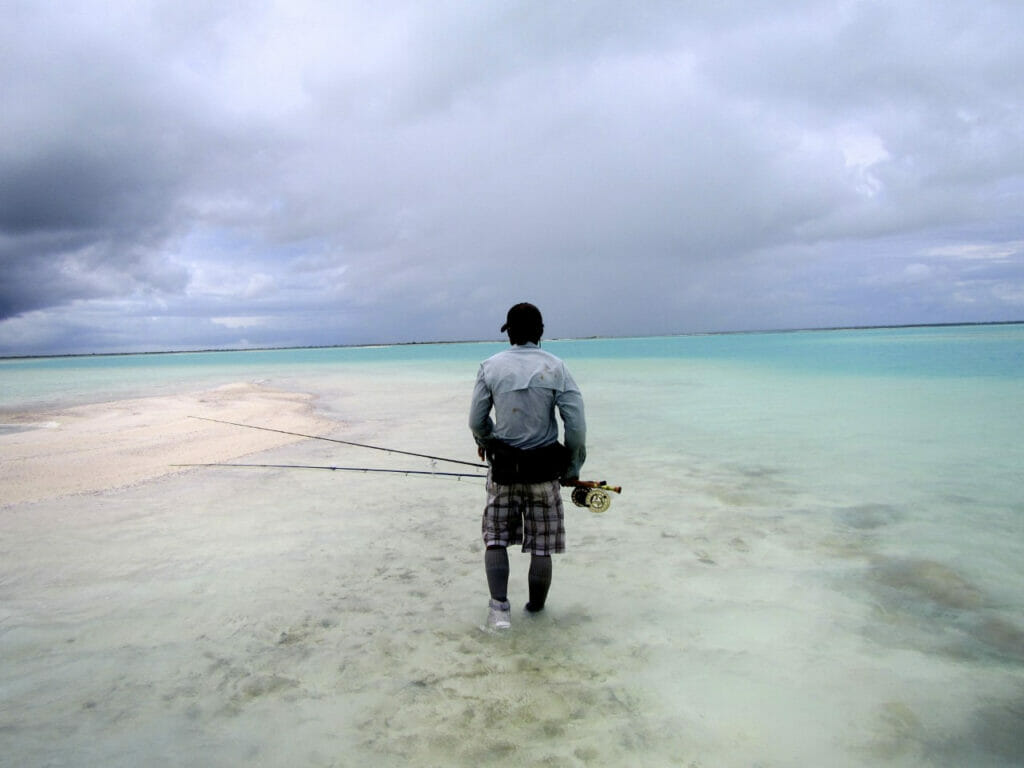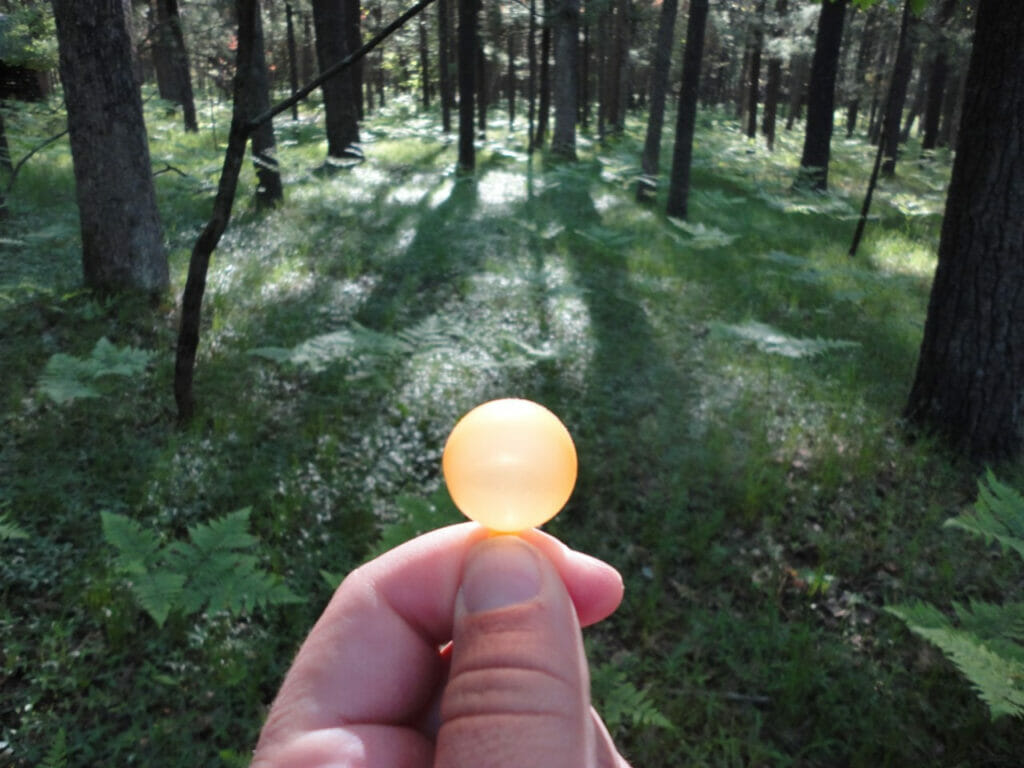Don’t stare at an indicator all day long on a guide trip. Have the guide help you improve your skills. You want to learn how to fish mouse patterns? Ask her or him for help. Want to be a better roll-caster? Ask for help. Don’t waste your money otherwise.
Five ways to spend big and not see a return on your investment
Fly fishing can be expensive, but it doesn’t have to be. If you want to pony up for fancy rods and far-away vacations, more power to ‘ya… whatever squeaks your duck. Lord knows I’ve sunk too much money into this crazy obsession.
But for goodness sake, don’t waste your money. At least don’t do it these five ways:
1. Spending $900 on a fly rod, if you go to the river and string it up with that chapped, rotting fly line that’s been on your favorite reel for 10 years. A new, top-shelf fly line costs about one-tenth what a rod costs, and you’d be surprised how much “old faithful” dances with a new (or at least clean and conditioned) line.

2. Spending thousands on a saltwater trip if you cannot cast accurately, forty feet, within four seconds of releasing the fly from your hand. For sure… go enjoy the sunshine and some rum punches. Just don’t be PO’d if you don’t catch a lot unless you’ve put in a lot of practice beforehand on the river, or lake, or in your yard, or at the park. Stick a hula hoop or a doormat 40 feet away from you, and learn how to nail the target within four seconds, and you’ll be right as rain.
A new, top-shelf fly line costs about one-tenth what a rod costs, and you’d be surprised how much “old faithful” dances with a new (or at least clean and conditioned) line.
3. Wearing expensive designer sunglasses anywhere you fish, if they are not polarized. That’s like long-range rifle hunting without a scope. It can happen, but the game is so much more interesting and exciting if you can actually see through the water at your target.
4. Spending $500 or more on a guide trip if all the guide does is have you stare at a strike indicator all day. Seriously, the weighted nymph-indicator rig is fun and worthy if you want to pull on fish, but it makes the guide’s job too easy. Great guides know this and will dedicate at least a chunk of your day to teaching new tricks, ironing out the wrinkles in your cast, helping you match a dry-fly hatch, tossing streamers, or whatever you want to do up your game.

5. Starting down the fly-fishing path, buying gear and all that in the first place if you don’t also understand that resources like rivers and flats are fragile, and you need to invest in them (not just money… effort) to keep them productive for the future. Join a stream cleanup. Advocate for the cause. Being a truly vested, considerate steward of the places you fish offers the greatest return on investment (of time or money) you could possibly realize. You feel that in your heart. Trust me.



